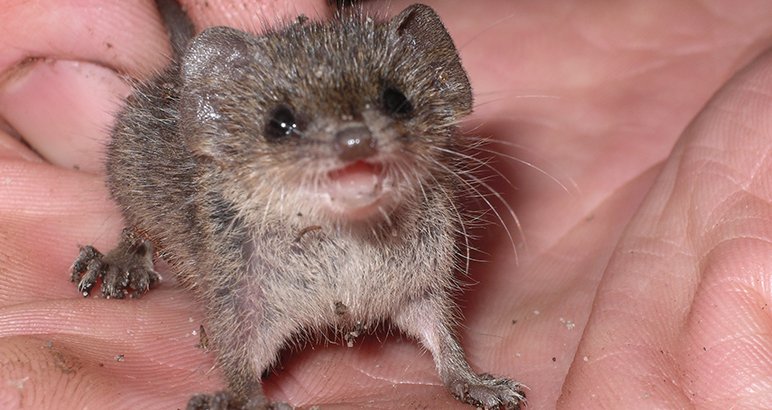Ecosure’s environmental consultants are accredited under the Biodiversity Assessment Method (BAM) under the NSW Biodiversity Conservation Act 2016. Accredited BAM assessors are authorised to complete Biodiversity Development Assessment Reports (BDAR), Biodiversity Certification Assessment Report (BCAR) and Biodiversity Stewardship Site Assessment Reports (BSSAR) with the NSW Office of Environment and Heritage biodiversity assessment framework.
The Biodiversity Conservation Act of 2016 (New South Wales), came into force on the 25th of August 2017, and introduced the Biodiversity Assessment Method into environmental science research and reporting. BAM accreditation allows our environmental consultants to conduct site assessments in a standardised manner.
The Biodiversity Assessment Method encourages consistency, fair scientific practices and accountability within a standard operating framework. The Biodiversity Assessment Method Order (BAMO) provides B BAM Assessors with mandated requirements on how to properly execute the three main stages of the standard assessment method. These stages help BAM Assessors identify biodiversity values in the interest of assessing the potential impacts where development or clearing of land has been proposed. They can also be used to develop a management plan in cases where a biodiversity stewardship agreement has been proposed for a piece of land.
- Stage 1: Biodiversity Assessment
The assessor assesses the features of the landscape, the condition of vegetation and the suitability of the habitat for threatened species. This survey includes activities such as preparing a sitemap and determining the integrity of vegetation in the area (focusing on native plants).
- Stage 2: Impact Assessment (biodiversity values and prescribed impacts
At this point, the assessor must find ways to minimise and avoid the proposed project having an impact on biodiversity. This can be done, for example, by the project in an area of land without biodiversity values.
- Stage 3: Improving biodiversity values
This stage only applies where a biodiversity stewardship has been proposed and entails ensuring that biodiversity increases, which is tracked quantitatively over a period of time.
After following the BAM guidelines, consultants will produce a Biodiversity Development Assessment Report (BDAR), Biodiversity Certification Assessment Report (BCAR), or a Biodiversity Stewardship Site Assessment Report (BSSAR), which detail the outcomes of an assessment in accordance with the BAM. These reports are produced to inform a course of action – backed by science – for people or companies proposing projects that could impact on biodiversity.
For details, contact Nigel Costell in our Coffs Harbour Office on 02 5621 8103 or 0456 801 483


